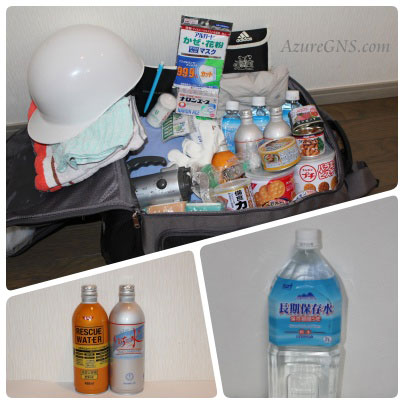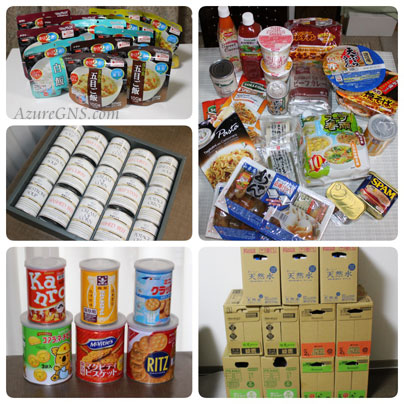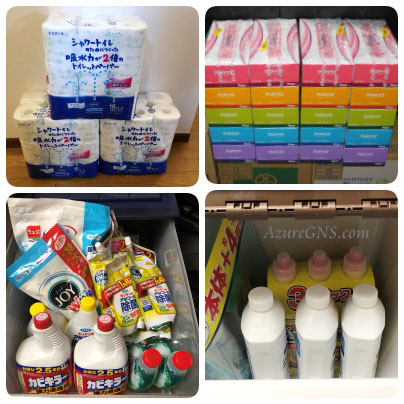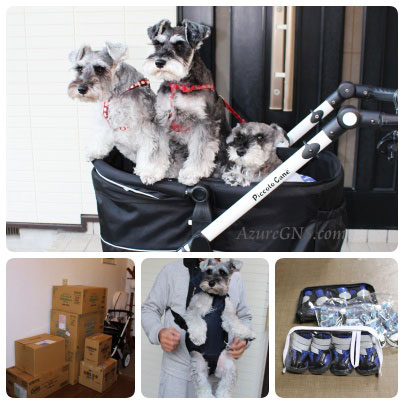Wagaya no Bosai-no-hi;
Our Disaster Prevention Day Experience
2011年3月11日、宮城県牡鹿半島の70 km沖を震源とするマグニチュード9.0の東日本大震災が発生しました。地震とその後の大津波や福島の原子力発電所の事故で約16,000人の方が亡くなりました。その結果、防災意識が高まり、国内で初めて車両通行を伴う防災訓練が行われました。
On March 11th, 2011, the magnitude 9.0 Great East Japan Earthquake occurred with the epicenter 70 km from the Oshika Peninsula of Miyagi Prefecture. About 16,000 people were killed by the earthquake, huge tsunami and the accidents at the nuclear power station in Fukushima. As a result, the awareness of disaster prevention measures increased, and a disaster emergency evacuation drill with suspended traffic was held for the first time in Japan.
(1) 東京メトロ茗荷谷駅の近くの春日通りの大塚1丁目の交差点で、避難訓練が行われました。
(2) 午前8時45分にはまだ車が通常通り走っていました。
(3) 間もなく警察官が現れました。
(4) 通行止めの準備が始まりました。
(5) 警察官の数が増えました。
(1) A disaster emergency evacuation drill was held at the street intersection of Otsuka 1-chome along Kasuga-dori Street near Myogadani Station of Tokyo Metro.
(2) At 8:45 a.m., there were still cars as usual.
(3) Police officers appeared shortly after it.
(4) They started to prepare for the suspension of traffic.
(5) More police officers arrived.
(6) 午前9時になり通行止めが始まりました。
(7) 1台の車も見えません。
(8) 警察官に完全に封鎖されました。
(9) 10分が経ち、警察官が警察車両に乗って去っていきました
(10) いつも通りの春日通りに戻りました。
(6) At 9:00 a.m., traffic started to be suspended.
(7) No cars were seen.
(8) The street was completely closed.
(9) After 10 minutes, the police officers left by police cars.
(10) Kasuga-dori returned to a normal street.
我が家の背の高い家具は全て転倒防止装置で固定されています。壁と家具の上部の間に取り付ける突っ張り棒と、家具と床の間に挟み込むゴムのストッパーの2種類を同時に使用しています。テレビやコンピューターは耐震ゲルマットで家具と固定しています。花瓶や装飾品などの下には滑り止め防止シートを敷いています。窓や食器棚のガラスにはガラス飛散防止シートを貼ったり、強化ガラスに替えたりしています。
In my house, all the tall pieces of furniture are fixed with safety devices against falling over. Two kinds of devices are used together: tension rods between the ceiling and the top of the furniture, and rubber stoppers between the floor and the bottom of the furniture. Televisions and computers are stuck on the furniture with earthquake-resistant gel mats. Non-slip sheets are put under the vases and ornaments. Special sheets cover the glass of the windows and cupboards to prevent the scattering of broken pieces of glass, or the glass has been replaced with hardened glass.
非常持ち出し袋も家族それぞれに用意しています。中には、ペットボトルの水、非常食、懐中電灯、携帯ラジオ、スマートフォンや携帯電話の充電器、軍手、応急手当用品、ヘルメットなどが入っています。以前は大きなリュックに荷物を入れていましたが、最近は年齢と共に足が弱ってきたし重い鞄は運べなくなってきたので、頑丈なキャリーバッグを非常持ち出し用に使用しています。
An emergency takeout bag is prepared for each member of my family. In the bag there are a plastic bottle of water, emergency rations, a flashlight, a portable radio, a battery charger for a smart or cellular phone, cotton work gloves, a first aid pack, a helmet and more. I used a big backpack for an emergency takeout bag before, but now my legs are getting weaker and I cannot carry a heavy bag as I get older; therefore, I use a sturdy bag with wheels as an emergency takeout bag.
非常持ち出し袋には2日分の水と食料しか入れることはできませんが、家の中には約2ヶ月、車の中には約1週間分の水と食料を常備しています。それらの水と食品は賞味期限が切れる前に食べて、新しいものを補充します。カセットコンロのボンベも約1ヶ月分を用意しています。最近の非常食には驚かされます。まず保存可能期間の長さで、常温で5年、10年、中には25年間保存できるものさえあります。次にその製造技術の急速な進化です。お湯がなくても水だけで作れるアルファー米のごはん、水がなくても作れるうどん、温めなくても美味しく食べられるカレーなどがあります。そしてバリエーションもどんどん増えています。典型的な非常食といえば乾パンでしたが、今は非常時以外でも美味しく食べられそうなさまざまな食品や料理が揃っています。またアレルギーを持っている人のための保存食を販売している会社もあります。
Water and emergency rations for only 2 days can be carried in an emergency takeout bag; however, in my house we store enough for about 2 months and in our cars enough for about 1 week. We drink and eat the rations before their expiration dates and replenish the stocks. Gas bottles for portable stoves are also prepared for about 1 month. I am surprised at the latest emergency rations. First, they can be preserved amazingly long at normal temperature, 5 years, 10 years or even 25 years though it is a rare case. Next, the manufacturing technology has been rapidly developing. Pregelatinized rice which is turned into rice without hot water but with cold water, udon which can be prepared without water, and curry which tastes good without being heated are sold. Third, the variety of emergency rations have been increasing. The typical emergency ration used to be “kampan”, very hard dry biscuits, but nowadays we can buy various kinds of food and dishes which probably we would enjoy eating in our daily life. Some companies even sell emergency rations for people with allergies.
ストックしておくものは水や食品だけでなく、ほとんどの日用品も少なくても3ヶ月分はストックしています。芦屋市で体験した阪神大震災の時も、東京都文京区で体験した東日本大震災の時も数日でトイレットペーパーや乾電池が市場からすっかり消え、店頭に十分並ぶには1ヶ月以上かかりました。その経験を踏まえ、生活に必要な日用品はネットで箱買いにしてストック部屋に置いています。
I store not only water and food but also most kinds of daily necessities for at least 3 months. When I endured the Great Hanshin-Awaji Earthquake in Ashiya City, and the Great East Japan Earthquake in Bunkyo Ward, Tokyo, toilet paper and dry batteries totally disappeared a few days after the earthquakes, and it took more than 1 month for those items to come back to the stores. In light of these experiences, I buy a box-full of daily necessities on the Internet and keep them in storage rooms.
我が家には3匹のミニチュアシュナザーがいます。1匹は16歳の老犬で、足が悪くてあまり歩くことができません。2匹はまだ若くて、とても恐がりです。3匹一緒に乗せることができる大きくて頑丈なペット用乳母車を購入して、いつでも避難できるように玄関に置いています。特に落ち着きがなく、エネルギーが余っている末っ子のためにはスリングを用意しています。ペットフード、水、ペット用おむつ、チッシュ、タオルなどを入れたペット用避難袋も用意しています。また、壊れた家などのガラスや木材が散乱している道路で足を怪我しないように、犬用靴も購入しました。
We have three Miniature Schnauzers, one is an old dog the age of 16, which cannot walk far because of his bad legs and the others are still very young and timid. We are ready to evacuate with these dogs in a big and tough pet buggy, which has enough space for 3 dogs, at the doorway. We bought a pet sling especially for the youngest one because she is very restless and has too much energy. We put pet food, water, diapers for pets, tissue and towels in an emergency bag as well as ours. Moreover, we bought shoes for our dogs in case they should get hurt by shattered glass or nails from damaged buildings on the roads
(「防災の日」へ戻ります。)
(Back to “Disaster Prevention Day”.)
Copyright (C) Azure Global Network Services. All Rights Reserved.






